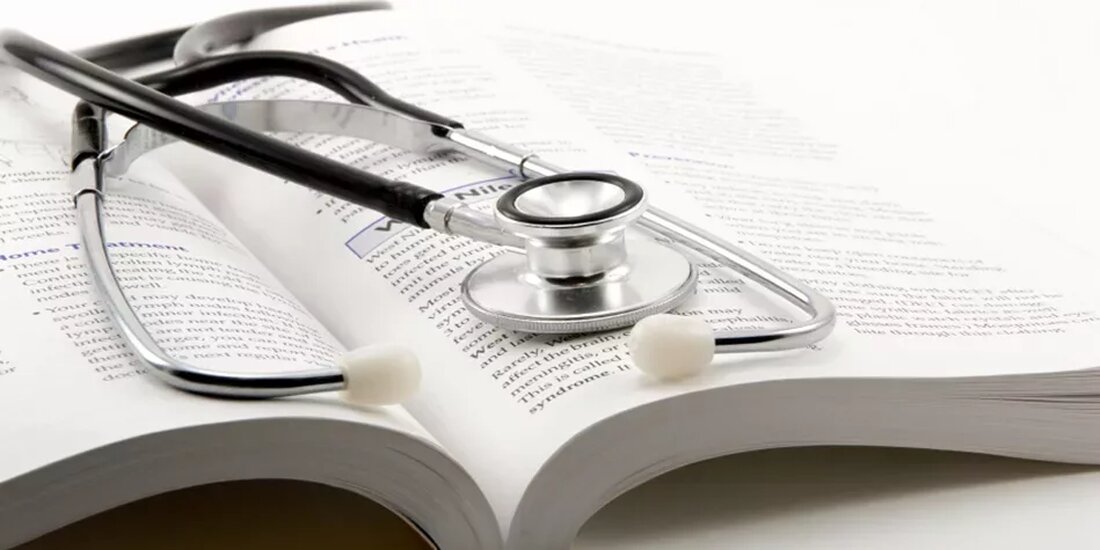reference
Stratton MS, Algotar AM, Ranger-Moore J, et al. Oral selenium supplementation has no effect on prostate-specific antigen speed in men being actively monitored for localized prostate cancer.Cancer Previous Res. 2010;3:1035-1043.
design
Randomized, double-blind intervention study
Participant
140 men with localized prostate cancer (CA) who decided to postpone allopathic treatment and were followed by “watchful waiting.”
Study medications and dosage
Selenium (Se) 200 mcg/day or 800 mcg/day as selenized yeast or placebo, followed for up to 5 years
Primary outcome measures
Prostate-specific antigen (PSA) changes over time as an estimate of CA progression
Key findings
The increase in PSA levels over time was similar in all groups. In men with the highest Se status at baseline, those assigned the higher Se dose (800 mcg) had a faster increase in PSA levels compared to those who received placebo or a lower Se dose.
Effects on practice
Years ago, a group of researchers led by the late Larry Clark reported in a randomized, blinded trial that Se supplementation essentially halved the risk of prostate CA, an effect that was statistically significant.1Interestingly, these exciting results were published inJAMAwhich hardly seems possible today.
The Clark study was followed by evidence that a diet high in Se (measured by toe Se) is associated with a 65% reduced risk of developing advanced prostate CA.2Other reports confirmed that higher Se status is associated with lower risk.3.4However, some studies have not been able to confirm this connection.5.6
Follow-ups from Clark's group continued to find protective effects, but only for men with plasma Se levels <106 ng/ml in one report.7or <132 ng/mL and with baseline PSA levels below 4 in another.8Other reports suggest that the greatest protection occurs in smokers.9.10
It should be noted that there is no clinical evidence that supplemental Se has any effectpharmacologicalEffect. Rather, if additional Se does protect against prostate CA, it appears to do so simply by overcoming a deficiency.
Recently, evidence has been found that genetic variations (including the synthesis of manganese superoxide dismutase) influence the relationship between Se status and prostate CA risk. In some subgroups, higher plasma Se has been associated with ahigherRisk of aggressive disease, while in other subgroups higher plasma Se was associated with alowerRisk.11This area of investigation is new. It may be premature to incorporate these latest findings into a doctor's decision-making until the evidence is independently confirmed.
In early 2009, a large randomized trial concluded that supplemental Se was useless in preventing prostate CA.12but that is negativeJAMAReport used selenomethionine instead of selenized yeast. Selenized yeast was previously used in the successful experiment. Preliminary research suggests that selenized yeast may have cancer-fighting benefits in other forms of this micronutrient deficiency.
What should we make of the results of the new study? It came up empty, but its results tell us nothing about primary prevention. Remember that primary prevention was at the heart of the original successful trial. In other words, supplemental Se in the form of selenized yeast could help protect men (albeit only deficient men) who have never had prostate CA from ever developing it. At the same time, it may not help those who have already been diagnosed.
Leaving aside the issue of primary versus secondary prevention, we might have predicted failure in advance by reviewing the fine print of the new study. The Se status in the subjects of the new report was far better than in the successful study by Larry Clark et al.
The difference between the poor Se status in the Clark study subjects and the better Se status in the subjects in the new report was highly statistically significant (P<0.0001).
The difference between the poor Se status in the Clark study subjects and the better Se status in the subjects in the new report was highly statistically significant (P<0.0001). Previous evidence had already shown that higher Se status likely precludes expected benefits. Therefore, we would have expected the new report to show no benefit.
The negative results of the new report simply underline the fact that the protective effect of Se is limited to correcting deficits. The authors of the new study admit: “Combining the results of our study with those of NPC.” [the Clark trial] leads us to suspect that selenium supplementation may have a differential effect on the incidence or progression of prostate cancer based on plasma selenium concentrations.” They continue: “Limiting baseline selenium concentrations to determine eligibility could allow future studies to focus only on subjects most likely to benefit.”
Until we know more, I think it makes sense to consider supplementing 200 mcg of Se (but no more) in the form of selenium yeast for prevention purposes only in men with low plasma Se levels (perhaps <106 ng/ml) and with PSA levels <4. We now know that higher doses can even be dangerous, at least for some men. We continue to have no reason to use supplemental Se to prevent prostate CA in men with adequate plasma Se levels.
For more research on integrative oncology, click here Here.

 Suche
Suche
 Mein Konto
Mein Konto

